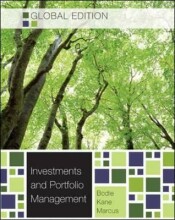The conversion cycle
5 important questions on The conversion cycle
What is the conversion cycle?
What are the steps in the conversion cycle?
What are the three different production methods?
creates a homogeneous product through a continuous series of standard procedures.
2. Make-to-order processing:
Involves the fabrication of discrete products in accordance with customer specifications.
3. Batch processing procedures:
Produces discrete groups (batches) of product. Each item in the batch is similar and requires the same raw materials and operations.
- Higher grades + faster learning
- Never study anything twice
- 100% sure, 100% understanding
What are the four processes in the batch processing system?
1. Production planning and control
2. Production operations
3. Inventory control
4. Cost accounting
What is the production planning and control?
- materials and operations requirements
The raw materials requirement for a batch is the difference between what is
needed and what is available in the RM inventory, leading to the creation of purchase requisitions for additional raw materials.
- production scheduling
The scheduling task produces work orders, move tickets, and materials
requisitions for each batch in the production run. A copy of each work order is sent to cost accounting to set up a new work-in-process (WIP) account for the batch.
The question on the page originate from the summary of the following study material:
- A unique study and practice tool
- Never study anything twice again
- Get the grades you hope for
- 100% sure, 100% understanding



















![AIS [Hall]](https://app.studysmart.ai/images/design_2023/covers/book-4.png)










